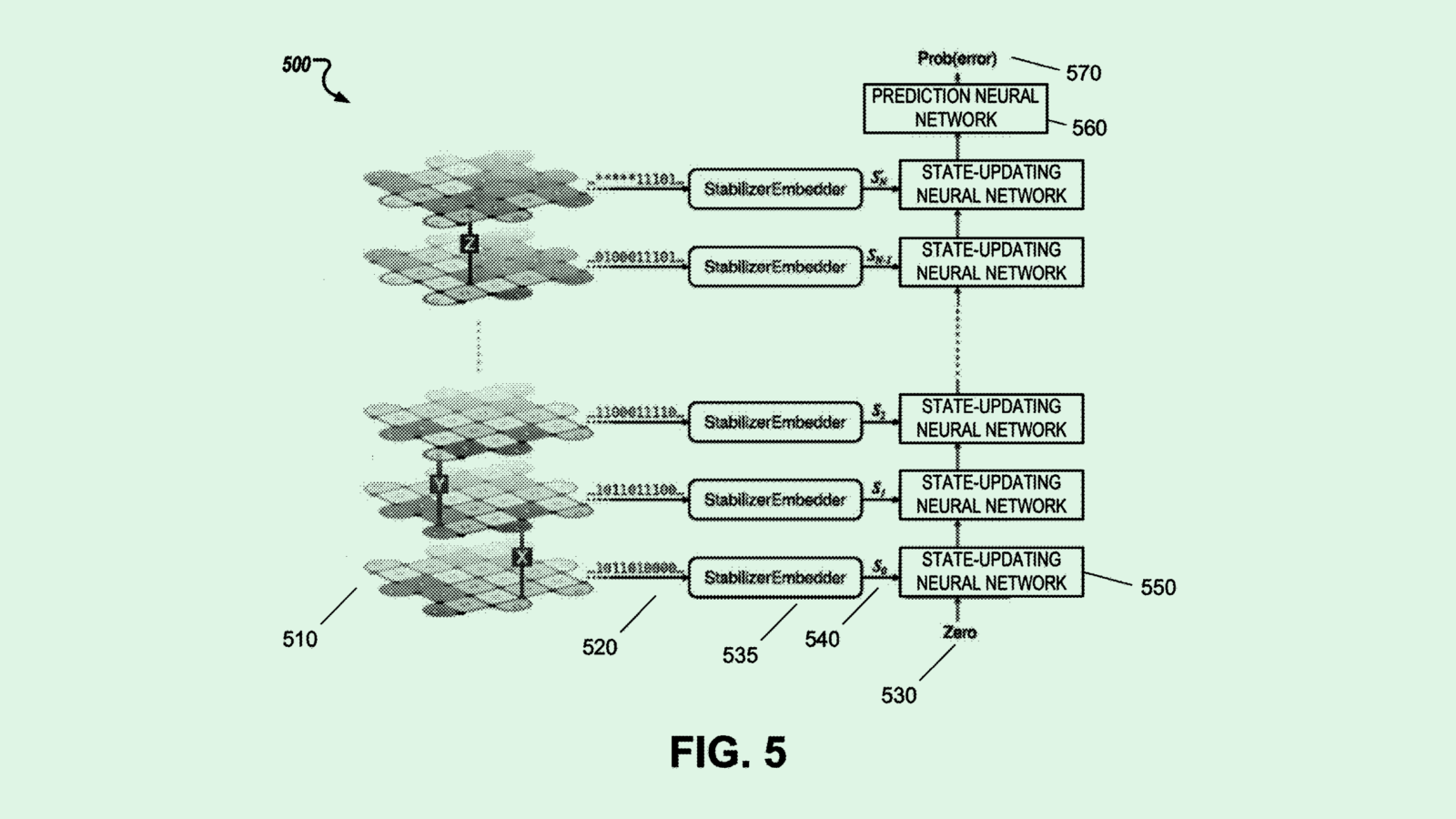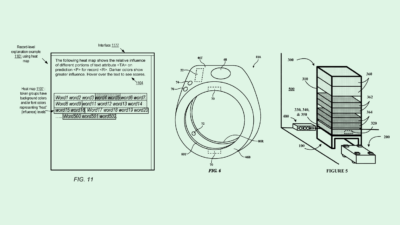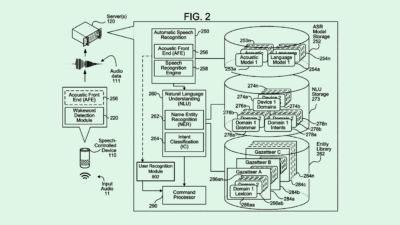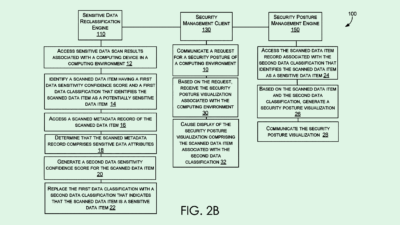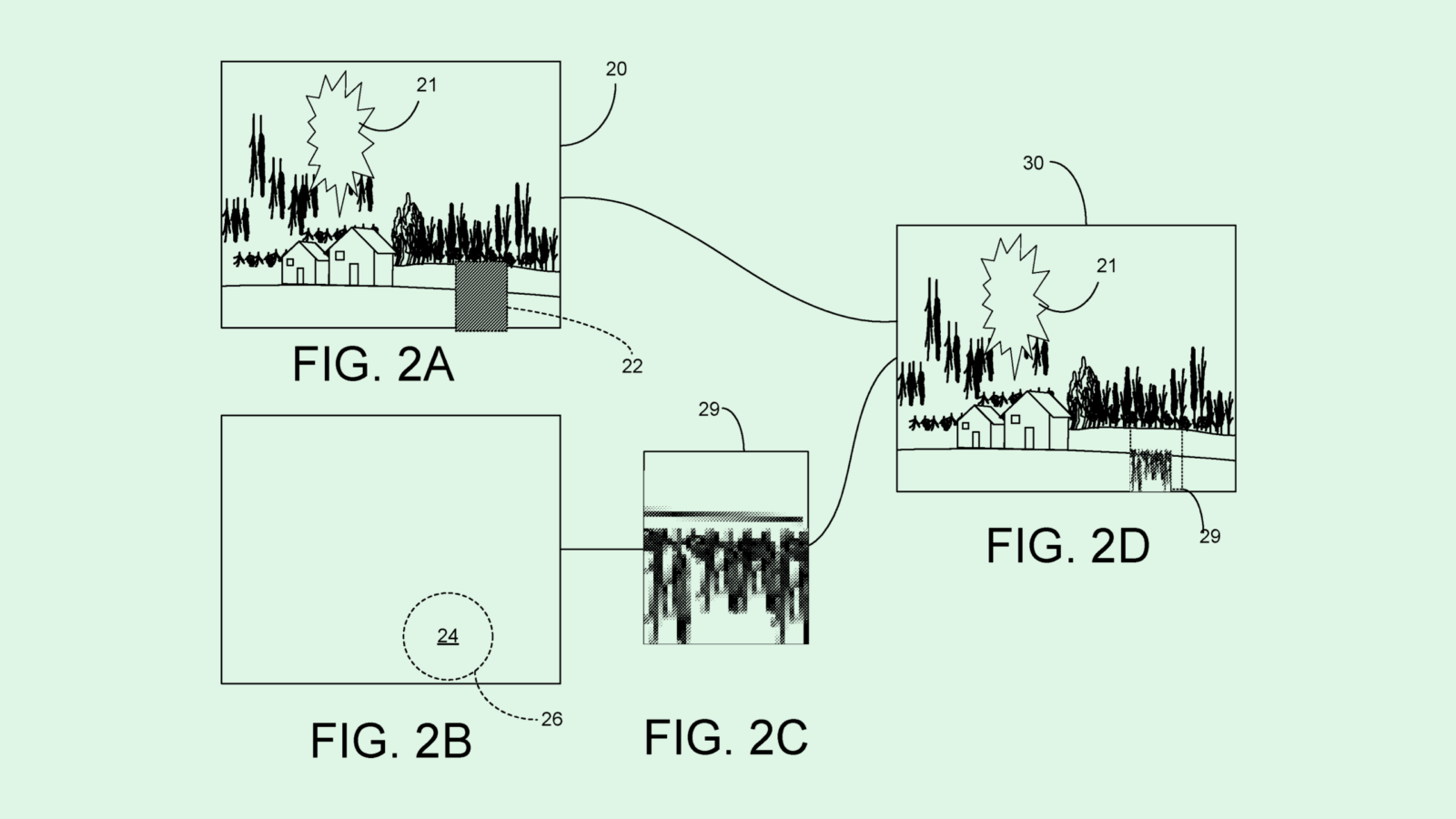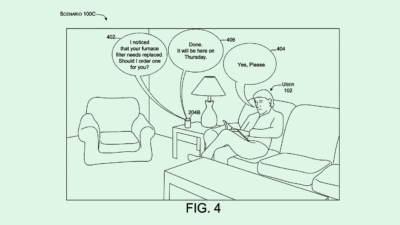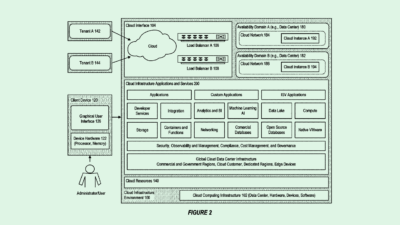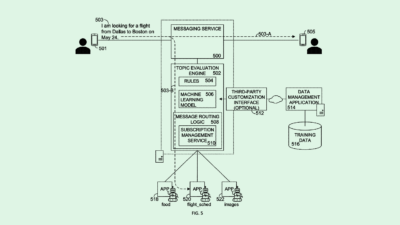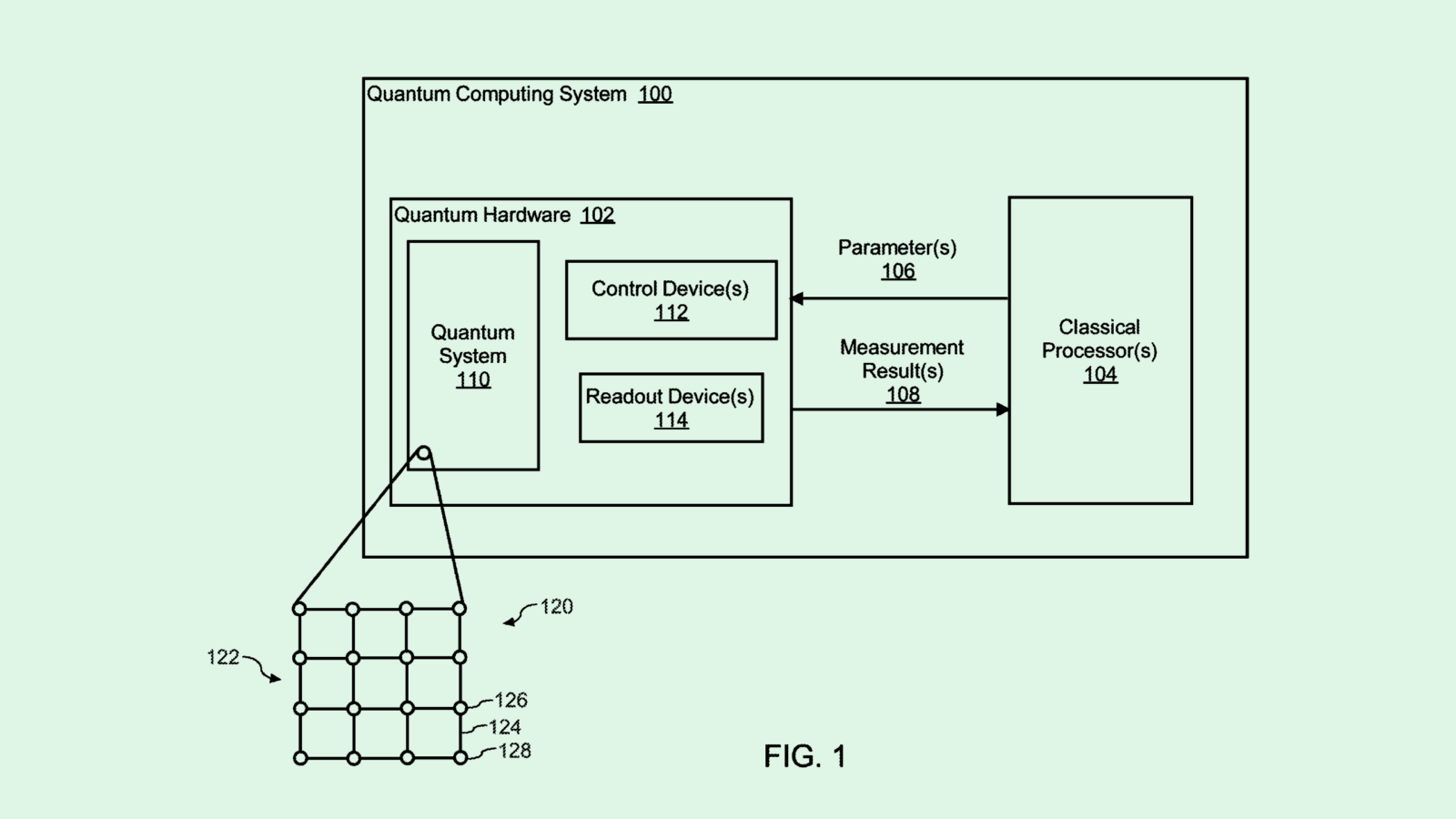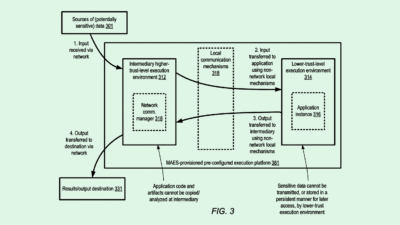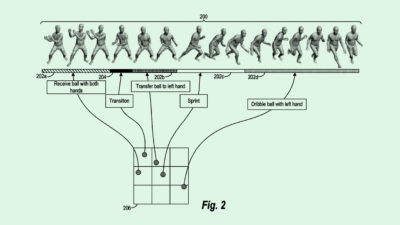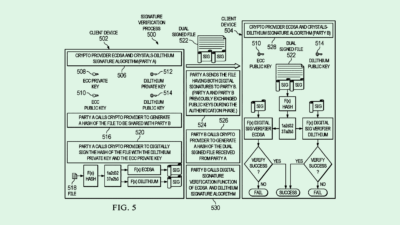Mastercard is in the Driver’s Seat (plus more from Amazon & Facebook)
Amazon’s retail ambitions, Mastercard going deeper into crypto & Facebook’s VR improvements
Sign up to uncover the latest in emerging technology.
Amazon’s retail ambitions, Mastercard going deeper into crypto & Facebook’s VR improvements
1. Mastercard – on demand autonomous vehicle applications
Mastercard is a pretty interesting company to watch. Over the last few months, there’s been a flurry of announcements as it positions itself in the crypto space: Mastercard partnering with Gemini for a crypto rewards credit card, and an announcement that its payment network will support cryptocurrencies natively.
In this patent application, Mastercard shows how far the company is going into future proofing itself. Specificallly, Mastercard reveals it’s looking at the payment opportunities that could arise from creating an on-demand autonomous vehicle platform.
The thinking is as follows. Owners of autonomous vehicles probably won’t be making use of their vehicles every second of the day. Rather than having these assets sitting idly, Mastercard sees an opportunity to create a market for people, companies and organisations to access autonomous vehicles on-demand.
Mastercard seems to be taking an interest in the payment opportunities that arise from this kind of network. Most notably, the filing mentions users sending cryptocurrency into an owner’s digital wallet. In addition, users could pay via direct deposits into bank accounts, as well as invoices against commercial or government contracts.
Besides autonomous cars, Mastercard see the platform being useful for drones, self-driving commercial vehicles and cargo trucks. Customers could include governments or companies that need autonomous vehicles without wanting to spend time and money owning the assets.
One final interesting thing to highlight is that the filing gives the example of working with Tesla cars. By using APIs available at Tesla such as “unlock door” and “honk horn”, the platform could programatically give access to the autonomous vehicles once a user has requested a vehicle and made a payment. ARK Invest have previously discussed how Tesla should become a robo-taxi network – is this filing a hint that it’s on the cards?
Either way, it’s fascinating to watch Mastercard position and pivot itself for the future.
2. Amazon – customised retail environments
You’ve probably already heard about Amazon Go or Amazon Fresh. It’s Amazon’s convenience stores where users can walk out of the store without needing to put their items through check-out.
The existing retail experience is primarily around users being able to pick up pre-packaged, non-customisable items without checkout.
This new patent application from Amazon looks at what’s next for Amazon’s convenience stores – namely, enabling people to order customisable items while still not requiring manual checkout.
Examples of customisable items in a retail store include: a deli section making made-to-order sandwiches; a butcher offering customisable meat selections; a coffee counter; and more.
In order to track the items being ordered by someone, Amazon imagines using an order kiosk where users can order a customisable item (e.g. a cheeseburger with extra fries). Through a combination of using cameras and floor weight sensor data, this order will be added to the user’s virtual cart. As they then proceed to maybe pick up other items from the shelves, overhead cameras and sensors will add these additional items to that user’s cart.
Customisable product orders present a challenge for current automated checkout solutions. The customised order needs to be correctly attached to the right customer. If Amazon’s ML can’t confidently identify the customer making the customised order, the filing mentions that there could a human in the loop to add the ordered item to the correct person’s basket.
What’s interesting about Amazon’s attempts to fix this problem is two things.
Firstly, Amazon’s ambitions for their convenience stores may be beyond just selling items from a shelf. Could the Whole Foods experience be replicated with automated checkouts?
Secondly, perhaps Amazon is building an automated checkout infrastructure that can power existing retailers – an AWS for the physical commerce world. The advantage of doing this is that Amazon also captures purchasing data, user preferences, and physical identities of things that people buy outside of Amazon.
Eeeeeeep.
3. Facebook – collision avoidance in VR
One pretty mind-blowing fact I came across this week – Facebook has nearly 1/5th of its workforce working on VR and AR (~ 10,000 people). It’s pretty clear that Facebook see VR as an opportunity to own the hardware, software and developer marketplaces, in the same way that Apple owned the iPhone, iOS and the app store. It’s a big prize if VR represents the next computing platform shift.
Anyway, this filing looks at how VR headsets can help users avoid collisions with physical objects.
As VR users immerse themselves in a virtual environment, it becomes harder to retain a mental model of their physical environment and avoid any collisions with things such as furniture.
One solution that Facebook is thinking about is overlaying images of the physical world in the VR world. This could either be as a partial image or a complete image.
It could work with users pressing a button on the VR device that then creates the overlay image of the physical world so that users can quickly see where they are in the physical environment. Once they understand where they are, they can let go of the button and the overlay of the physical environment disappears.
